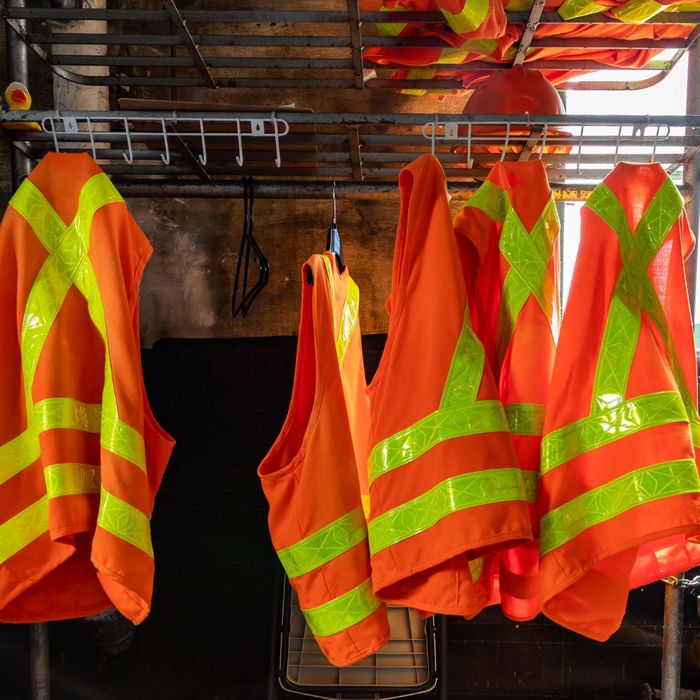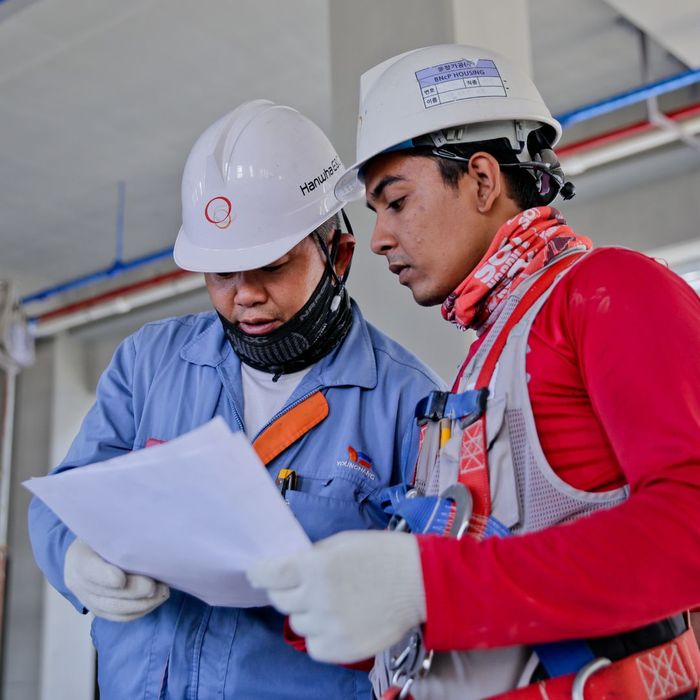Human and Organizational Performance (HOP) is revolutionizing how companies approach workplace safety. Fisher Improvement Technologies specializes in integrating HOP into existing frameworks, helping organizations reduce errors and improve performance. Our approach leverages the science of human error reduction, cause analysis, and effective procedure writing, ensuring that companies see a measurable decrease in fatalities and life-altering injuries. In this post, we’ll explore how HOP can seamlessly integrate into your current systems and why it’s essential for ensuring optimal occupational safety.
Integrating HOP into Existing Organizational Frameworks

Understanding the Core of HOP
HOP is about understanding that human error is inevitable, but systems can be designed to manage and mitigate these consequences. Traditional safety programs often focus solely on compliance and punishment, but HOP shifts the focus to identifying organizational weaknesses and improving the systems in which employees operate. By recognizing that people make mistakes and designing processes to reduce those errors, HOP ensures a proactive approach to workplace safety. Integrating this perspective into existing systems can make a dramatic impact, enhancing both human and operational outcomes.

Seamlessly Integrating HOP into Current Systems
Integrating HOP into your existing organizational framework does not require a complete overhaul of your current processes. Instead, it builds upon what’s already in place, introducing tools and methods that improve performance and safety. We utilize a holistic approach that adapts to each company’s unique needs, combining the latest in cause analysis and error-reduction techniques with existing safety protocols. This integration helps businesses minimize disruptions while improving workplace safety and boosting operational efficiency.

Boosting Workplace Safety
The application of HOP leads to more resilient systems, reducing the likelihood of serious workplace injuries. By focusing on identifying and mitigating risks before they lead to harm, HOP allows organizations to prevent incidents that traditional safety measures may overlook. Fisher Improvements Technologies’ approach to human and organizational performance safety ensures that safety measures become an integral part of your operations, not just an afterthought. This results in a safer, more efficient workplace that benefits both the employees and the organization as a whole.

Long-Term Benefits of HOP Integration
Unlike traditional safety programs that may only focus on short-term compliance, HOP is designed to foster a culture of continuous improvement. Fisher Improvement Technologies helps organizations develop systems that evolve to changing conditions, ensuring that both human performance and operational processes improve over time. This creates a safer workplace and positions companies for sustainable success.
Integrating Human and Organizational Performance into your current framework is essential for creating a safer, more productive workplace. At Fisher Improvement Technologies, we specialize in teaching the practical application and science of HOP to reduce errors and improve organizational performance. Our internationally recognized methods have helped countless organizations reduce serious injuries and fatalities, and we’re ready to help you do the same. Contact us today and start improving your workplace and performance.
